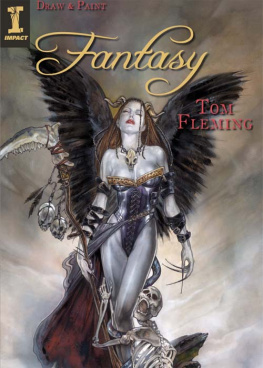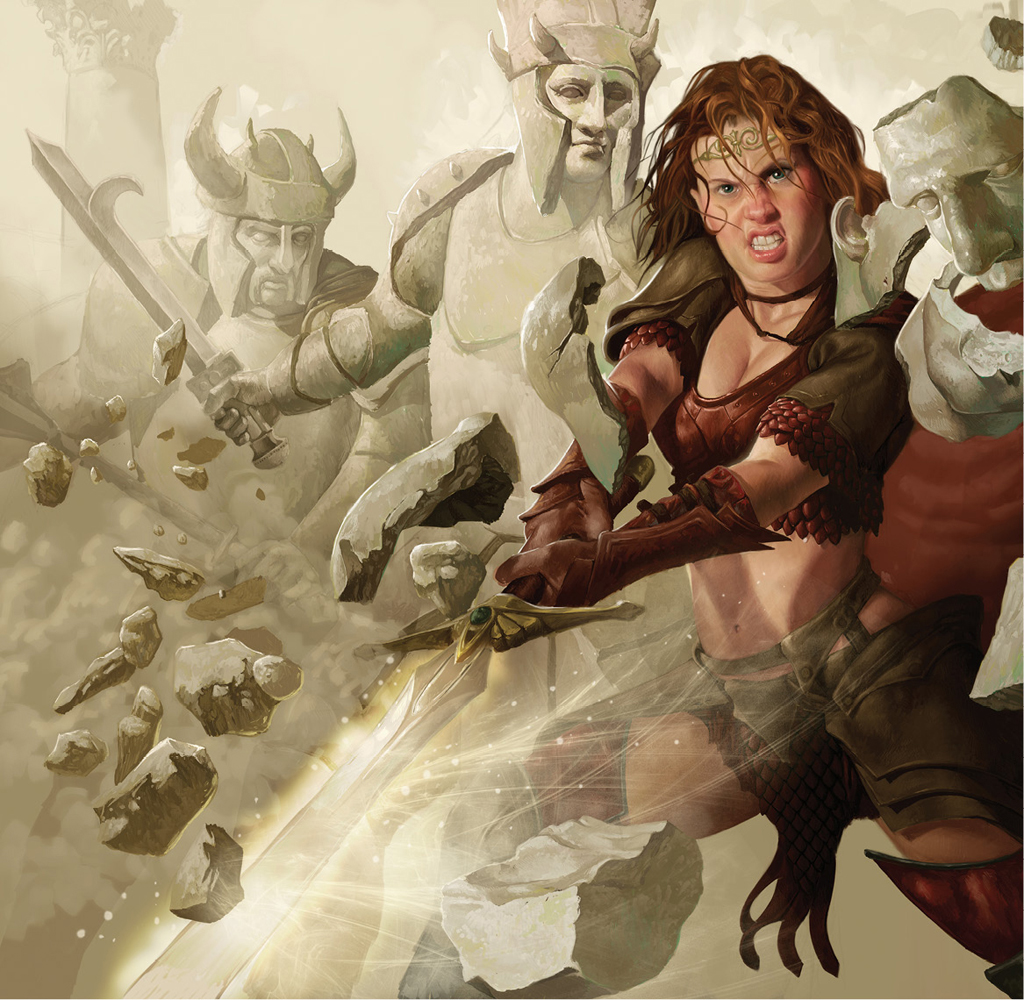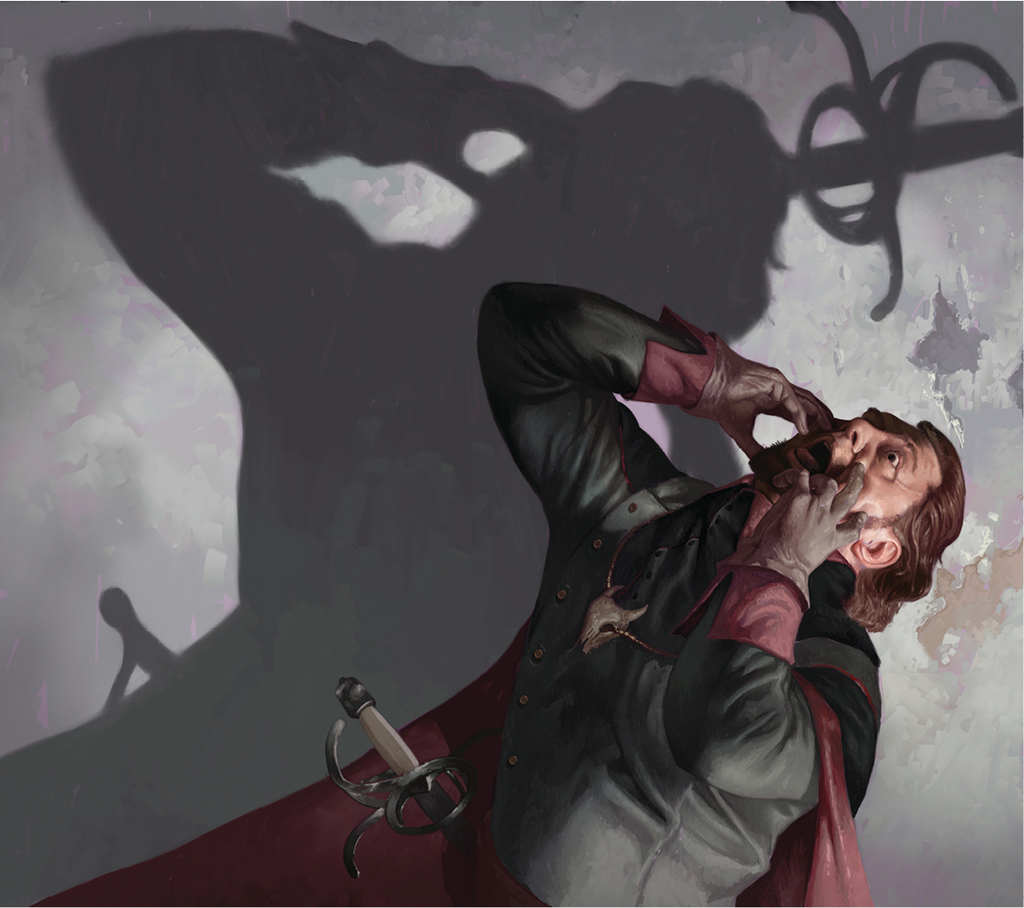Thank you for purchasing this Artist Network eBook.
Sign up for our newsletter and receive special offers, access to free content, and information on the latest new releases and must-have art resources! Plus, receive a coupon code to use on your first purchase from NorthLightShop.com for signing up.
or visit us online to sign up at
http://artistsnetwork.com/ebook-promo
Mastering Fantasty
Art: Drawing
Dynamic Characters
People, Poses, Creatures & More
John Stanko
Cincinnati, Ohio
impact-books.com
Contents
Introduction
A few years back I went to a wonderful talk given by master fantasy and science fiction artist Todd Lockwood. During the talk, the importance of working with photo references came up, and he said something that has profoundly changed my approach to making art. He said, We all know what our mom looks like, but we cant draw her. Take a few moments to think about this statement. For most of us, its impossible to draw someone we see every day from memory. And if you cant draw someone you see every day, what about drawing things you dont see every day like horses or trains? As artists, we often assume we know more or less what a horse or train looks like enough to draw it from memory as best we can. Unfortunately, this leads to drawing what you think something should look like. Most of the time, this approach leads to widely inaccurate drawings and a set of problems that can be impossible to fix.
My purpose for creating this book is to share my process for creating dynamic characters. It has taken many years, and many failures, to refine my process to where it is now. For those who are new to fantasy art, I hope this book helps you create more successful art by avoiding many of the pitfalls and failures I had to learn the hard way. For those that are more seasoned, I hope this book offers some new, or old but forgotten, methods to add to your creative process.
John Stanko
SHARA Wizards of the Coast
Part I
Getting Started
Many athletes will tell you that winning or losing is already decided before the first player ever steps onto the field. For an athlete to be successful on game day, they need to put in hours on practice field, conditioning, studying the opponent and more. Its the same when creating art. Often the success or failure of a drawing can be determined before the pencil ever touches the paper.
This section will give you various strategies to help you start off your drawing the right way. By explaining the importance of photo references, what makes a good reference and how to work with a model, you will be well on your way to taking your art to the next level.
SPITEFUL SHADOWS Wizards of the Coast
The Importance of Using Reference Photos
For artists, the human brain is extremely powerful though its not perfect. It tends to record only the most important details for our long-term memory, then it removes any extra stuff deemed less important. This valuable process keeps us from getting overloaded with all of the sensory input we constantly receive. Unfortunately for an artist, this memory dump often includes valuable visual information. Thats why the research phase of a drawing is equally, if not more, important than the time spent physically drawing. Having the right drawing reference can save hours and hours of time by allowing us to replace the information that our brains keep trying to erase.
Photo references help us identify and correct problems in our drawings much faster and much more accurately than a simple visual once-over. Everyone can look at a drawing and identify if the nose is off or if the eyes just dont look right. Most of the time noticing errors is easy. Just look at any discussion board on how to draw, and you will find hundreds of people willing to point out every flaw in a drawing. The real value is figuring out how to correct the errors. For example, if you draw a face and the mouth looks off, how do you decide to change it? Should you move it up or down, make it smaller or larger, darken or lighten the values? If you are relying only on memory or drawing from your imagination, then you might as well just flip a coin and hope you get it right. However, by comparing your drawing to a reference, you can quickly decide if the top lip needs to be darker or the bottom lip needs to be larger.
Learning to draw takes time, practice and lots of hard work. Your biggest obstacle in learning to draw and becoming a better artist is always going to be you or more accurately your brain. Our artist brains are constantly fighting with what our eyes see. Just having a great reference to work from wont always guarantee a great drawing, but it will make it much easier to draw what you actually see.
Reference Captures the Little Details
Study this photo of a water bottle. At first glance you see the basic silhouette shape, the direction of the light and the general value of the lights and darks. If you close the book and picture the image in your mind, will you remember the details of the many bright white highlights?
Research Is the Key to Accuracy
If you look at any human face, it has hundreds of different planes and contours, and light can affect each differently. Some of the planes have sharp changes while others are soft. Trying to mentally calculate how light affects these planes accurately is time consuming at the least, and at worst it can be nearly impossible. Having a variety of accurate reference photos of your models and props will always help you create more accurate, interesting and unique characters and drawings.
Before and After by Taylor Cody
Before and After by Hannah Kirchner
Before and After Examples
In my Introduction to Illustration class, I ask students to draw a realistic rendering of someone they see every day from memory. After teaching them the techniques covered in this book, I ask them to create a set of portraits using photo references. As you can see in these students examples, it wasnt that the students didnt know how to draw, it was simply that they didnt know what to draw.



















